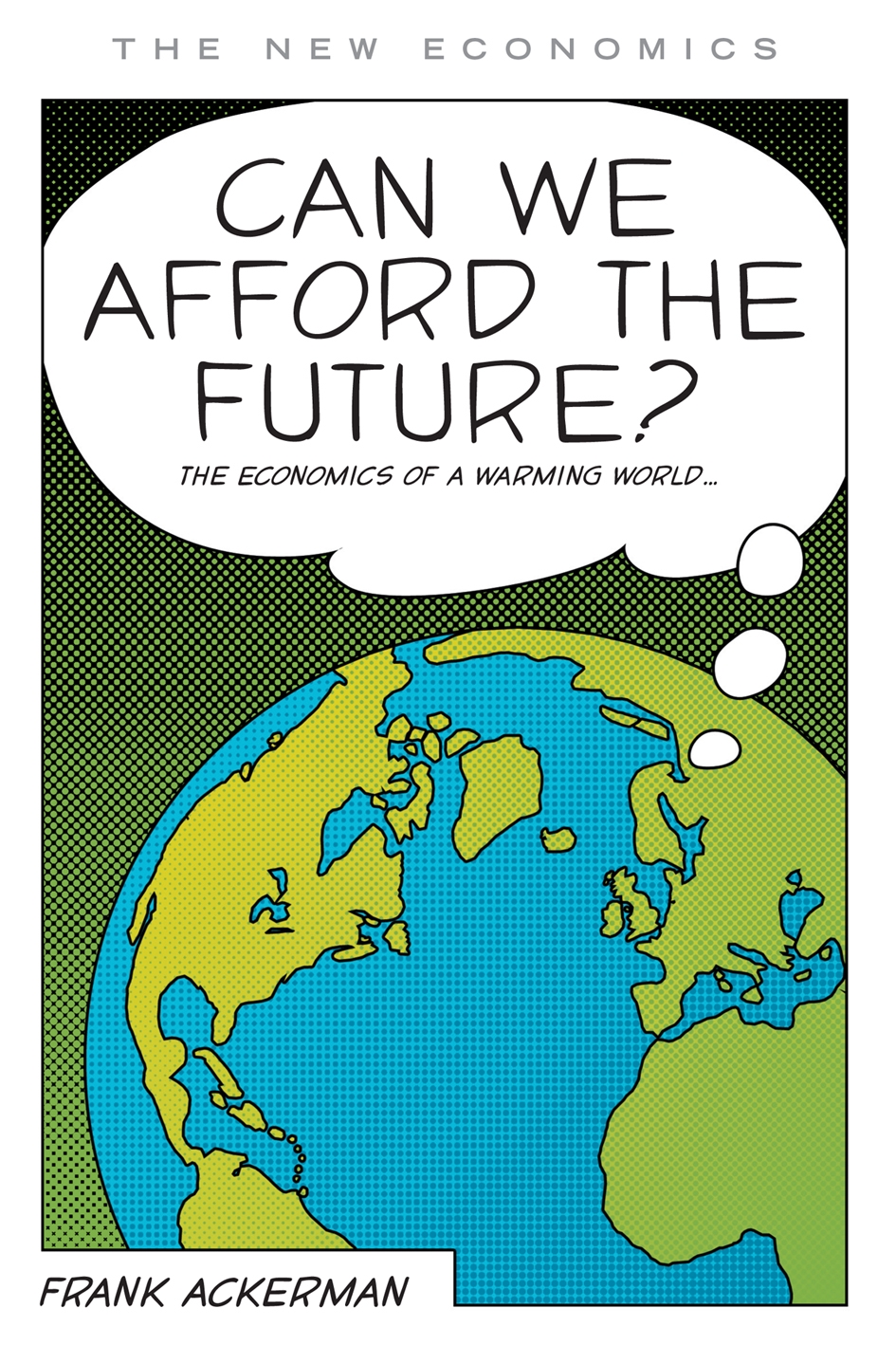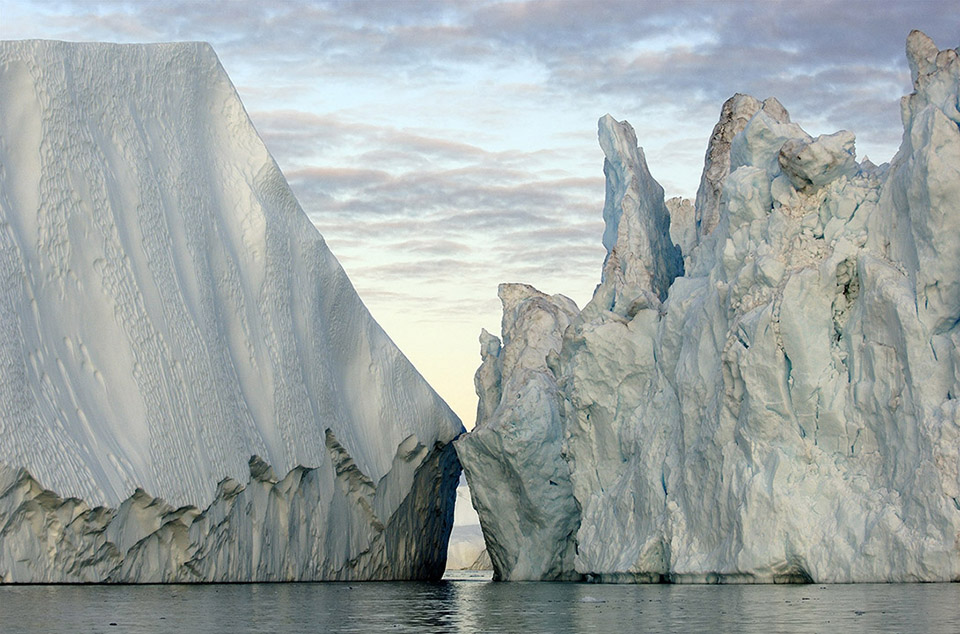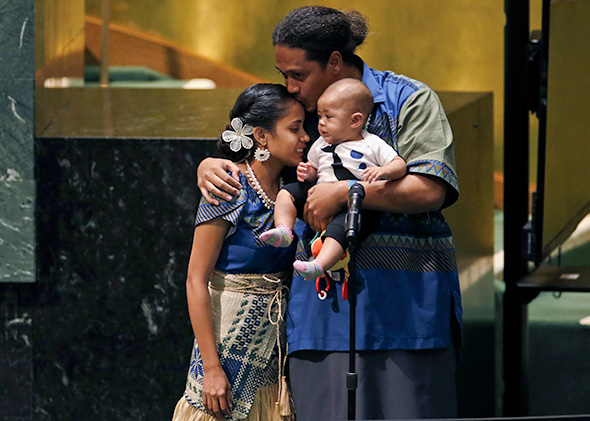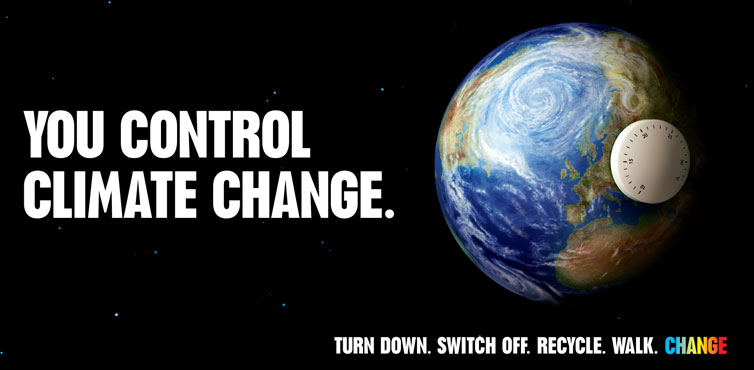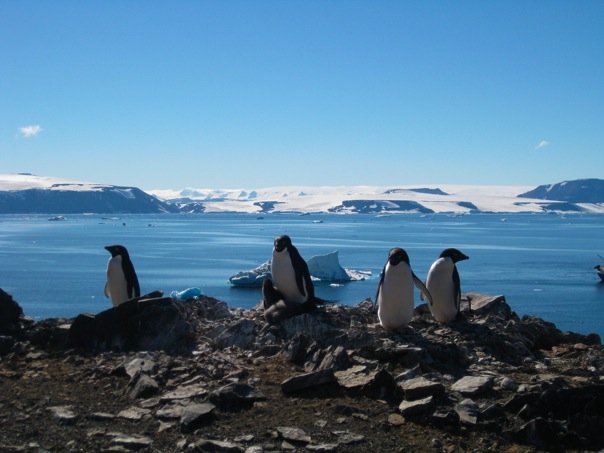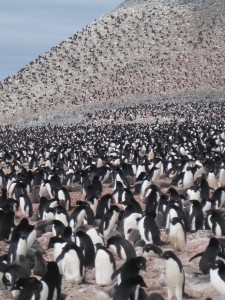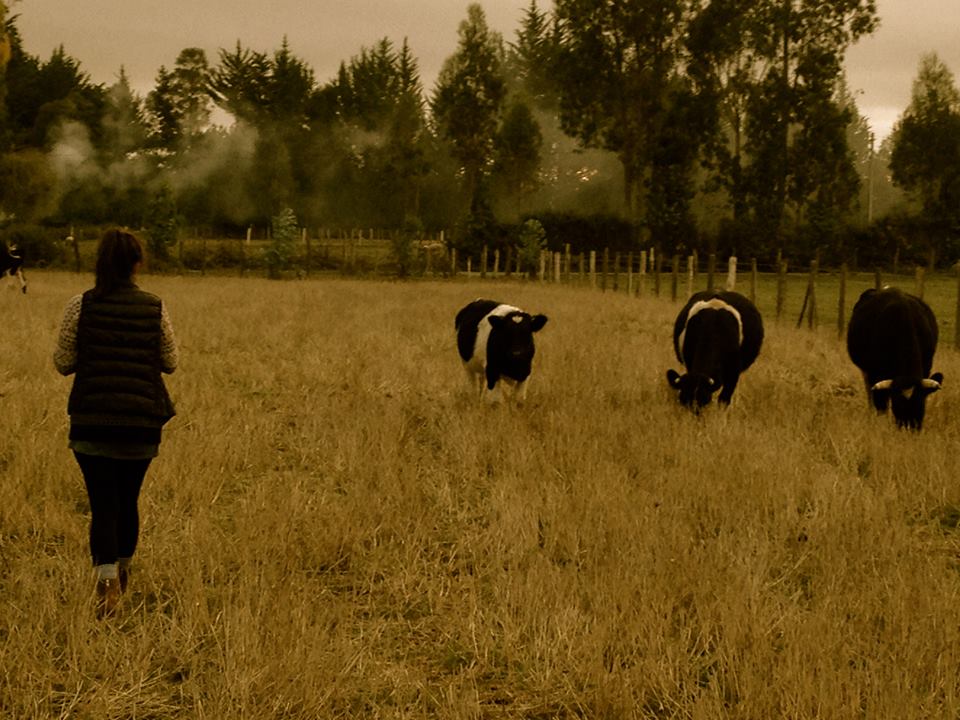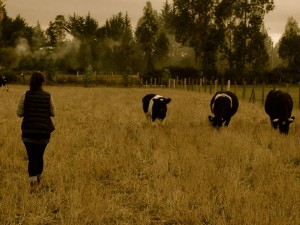
By Maeve Hogel
Economics is certainly not for everyone. It has a lot of numbers and graphs, it can seem incredibly boring and it often relies on a lot of assumptions. Even as an economics major, I sometimes found myself zoning out while learning micro and macro. However, this semester in Environmental Economics, the topics are not so abstract. I am getting the opportunity to take everything I have learned in the past three years of economics courses and apply it to one specific topic: climate change.
If you haven’t studied economics extensively in the past, that doesn’t mean you can’t gain a rich understanding of climate economics. Frank Ackerman, a well known climate economist, wrote a paper called Climate Economics in Four Easy Pieces. I’m not going to say that climate economics is an easy topic to study. It takes the basic micro and macro economics and adds complications and sticky situations that make it more difficult to find a solution. For example, obviously you want benefits to outweigh costs, but when it comes to climate change, how does one even begin to measure those costs? However, Ackerman’s paper breaks it down to the four most important things to remember: “your grandchildren’s lives are important, we need to buy insurance for the planet, climate damages are too valuable to have prices, and some costs are better than others” (Ackerman, 326).
Although I encourage everyone to read the paper themselves (its not very long and its a quick read), the main points can be inferred from those four main points. Ackerman’s point is that it’s important to pay the cost now or else our grandchildren’s lives in the future will be paying for it even more. However, most people aren’t willing to foot a cost now when they don’t know how grave the situation will be. We are always in search of answers and are unwilling to do A without knowing for sure that it will result in B. However, Ackerman demonstrates that we willing buy insurance without being sure that B will happen because even the slightest chance that it will is not worth it. Climate change is worth paying the price to protect ourselves. It is a large external cost that Ackerman argues is too important to even have a price and the costs it does have are beneficial economically in the long run. It is an easy out to claim that climate change policies will be too costly and will hurt economic growth, but in reality protecting our ecosystems, our future generations, our planet and ourselves is priceless.

